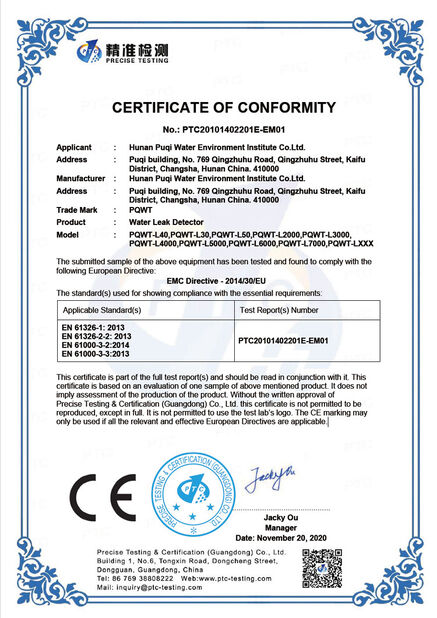In the fields of agricultural irrigation, domestic water use and industrial water supply, it is very important to find a reliable groundwater source. As a professional detection tool, the well-drilling water finder can help people locate the location and depth of groundwater more accurately, thereby improving the success rate of drilling. This article will introduce in detail how to choose a suitable well-drilling water finder and provide some practical suggestions.
1. Understand different types of water finders
There are many types of water finders on the market, which are mainly divided into the following types according to their working principles:
Resistivity instruments: Infer the existence of groundwater resources by measuring the resistivity changes of underground media. This method is suitable for exploration under different geological conditions.
Electromagnetic induction instruments: Use the reflected signals generated by the interaction between electromagnetic waves and underground materials to analyze soil structure and water content.
Gravity gradient meters: Determine the location of underground cavities or water bodies based on changes in the earth's gravitational field, but their effect on shallow water sources is limited.
Acoustic/seismic reflection equipment: Send sound waves and receive information reflected from different stratum interfaces to determine underground structures and possible water sources.
Nuclear magnetic resonance (NMR) technology: It can measure groundwater content non-invasively, especially for evaluating aquifers.
In addition, there are some manual methods based on traditional experience and technology, such as using "water probes", but these methods have less scientific basis and are gradually decreasing in modern applications.
2. Key considerations
When choosing a well-drilling and water-finding instrument, consider the following important factors:
Applicability
Make sure the selected instrument is suitable for the geological characteristics of the target area. For example, in rocky or complex geological environments, certain types of instruments may be more accurate; while in simpler sedimentary rock areas, you can choose a lower-cost and easier-to-operate model.
Accuracy and reliability
High accuracy means a higher detection success rate. Check the data on detection depth, resolution, and error range in the product manual, and refer to other users' comments to evaluate the consistency and stability of the instrument.
Ease of operation
For non-professionals, a simple and easy-to-use operating interface and intuitive results presentation are very important. Although some high-end instruments are powerful, they may not be suitable for all user groups if they require complex settings or training to use them properly.
Cost-effectiveness
In addition to the purchase price, you also need to consider the maintenance costs and service support for long-term use. Products with high cost-effectiveness not only have reasonable initial investment, but also have quick service response and low maintenance costs.
After-sales service and support
Good after-sales service can provide timely help when problems arise. Confirm whether the supplier provides services such as training, technical support and warranty policy.
Choosing the right well water finder requires comprehensive consideration of multiple factors, including but not limited to geological conditions, detection accuracy, ease of operation and cost-effectiveness. I hope the above guide can provide you with valuable reference and help you successfully find the ideal groundwater source.

 Your message must be between 20-3,000 characters!
Your message must be between 20-3,000 characters! Please check your E-mail!
Please check your E-mail!  Your message must be between 20-3,000 characters!
Your message must be between 20-3,000 characters! Please check your E-mail!
Please check your E-mail! 

